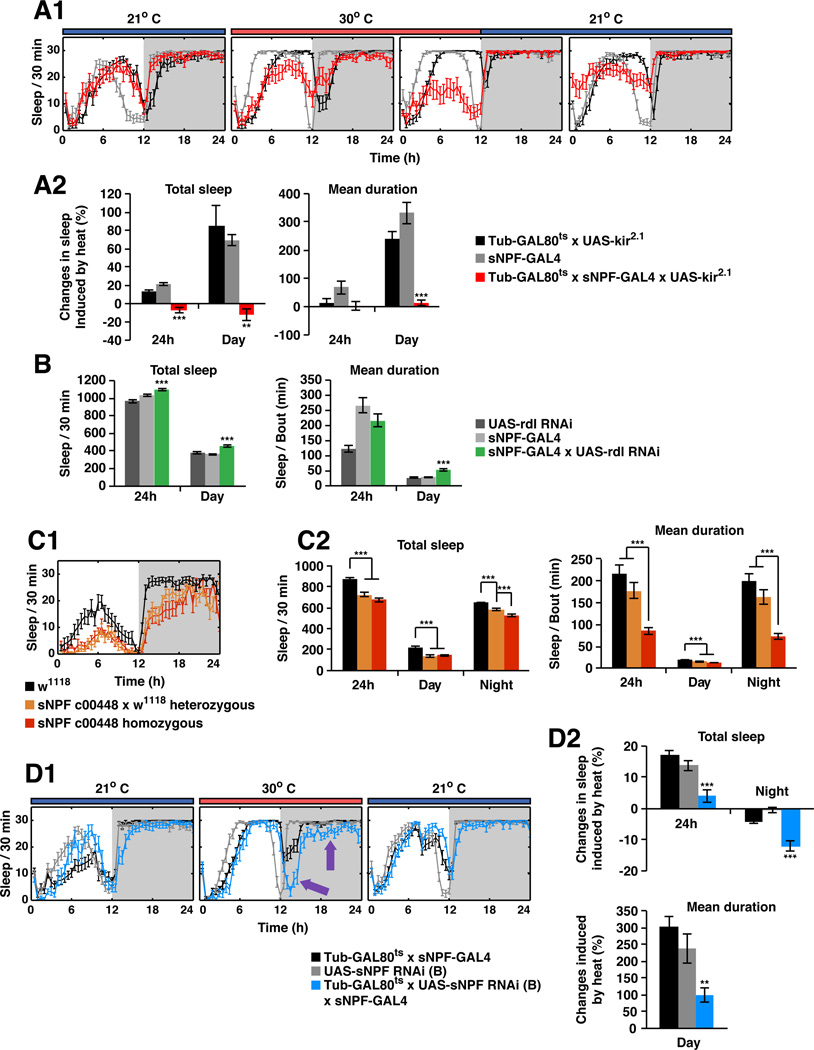Figure 2. sNPF is required for maintaining sleep.
A. sNPF-expressing neurons are required for maintaining sleep. A1) A tubGAL80ts transgene was used to block the expression of UAS-kir2.1 in sNPF-GAL4 neurons at 21°C. The GAL80 protein was inactivated at 30°C, allowing the expression of Kir2.1 mRNA driven by sNPF-GAL4 in adult brains. Temporally-controlled silencing of the sNPF neurons induced by heat led to a decrease of total as well as daytime sleep. The sleep loss was rapidly reversible once the GAL80 protein was reactivated at 21°C. A2) Quantitative data for the heat-induced sleep loss and changes in mean bout duration. The calculation for heat induced sleep changes is described in EXPERIMENTAL PROCEDURES. B. Sleep-promoting sNPF neurons are suppressed by GABA through Rdl GABAA receptors in the daytime. The total 24 h sleep time and daytime sleep for each genotype are shown, as well as mean bout duration. C. sNPF-deficient flies sleep less than genetic background control flies. C1) The sleep plot in LD for control w1118, heterozygous flies, as well as homozygous sNPFc00448 flies from one experiment is shown. The heterozygous flies were F1 progeny from w1118 (the genetic background line) crossed to sNPFc00448. C2) Quantitative analysis shows that reduction of sNPF led to less total sleep and decreased mean bout duration in both daytime and nighttime. The effect is dose dependent, i.e. the heterozygous flies slept less than the control flies but more than the homozygous flies. D. Transient knockdown of sNPF in the sNPF expressing neurons led to nighttime sleep loss. D1) A tubGAL80ts transgene was used to block the expression of UAS-sNPFRNAi in the sNPF-GAL4 neurons at 21°C. GAL80 protein was inactivated at 30°C, allowing the expression of UAS-sNPFRNAi driven by sNPF-GAL4. Transient knockdown of sNPF induced by heat led to significant decrease of total as well as nighttime sleep (purple arrows). The sleep loss was rapidly reversible once the GAL80 protein was reactivated at 21°C. D2) Quantitative data for the heat-induced sleep loss. The calculation for heat induced sleep changes is described in EXPERIMENTAL PROCEDURES. Data are presented as mean ± SEM; *p < 0.01, **p < 0.001, and ***p < 0.0001 are significant difference from control group (ANOVA with Tukey post hoc test, described in EXPERIMENTAL PROCEDURES). See also Figure S3.

